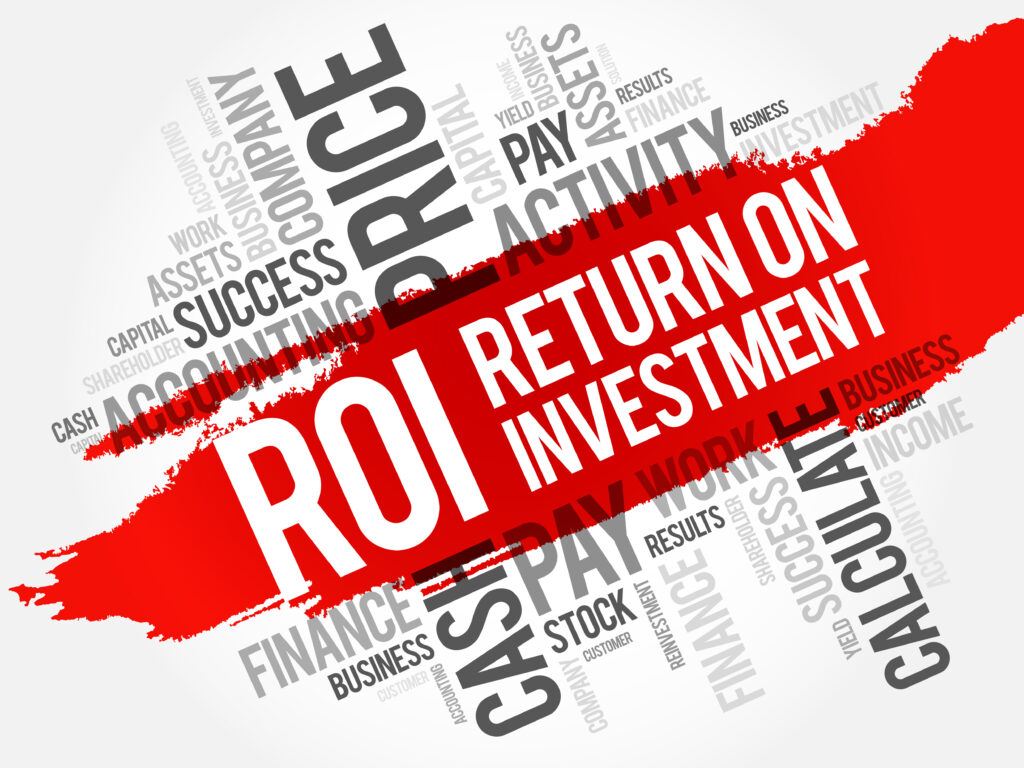At VITALITY, we are in the business of providing energy metrics and analytics to our customers through our software platform. Many immediately recognize the value of having real-time energy data on their facilities, but we often hear the question, “if I buy this, how much money will it save me? What is my ROI?”. This blog outlines how to find ROI from an Energy Management System

What is ROI?
The first time I heard that question, I was a little taken aback. Isn’t that a lot like asking, “if I buy a book full of good ideas on how to build a profitable business, what’s my ROI?” Obviously, the book itself can’t put money in my pocket. If I put it on a shelf, never read it, and never understand the concepts it could teach me, there is no ROI. It is of no value to me.
But if I’ll study it, carefully considering the ideas and implementing those that apply to my business, it might pay for itself on the first day. It might even launch me to a whole new level of business success. Now what’s the ROI?
Finding an ROI from an Energy Management System
The same could be said about real-time energy metrics and analytics. Their value lies in the insights they provide which can then be used to reduce energy consumption, clean up problems, be a more responsible energy consumer and reduce costs.
So, in the end, it is up to you. If you are committed to reducing your carbon footprint and lowering energy-related costs, energy analytics will provide you with the information you’ll need to be most effective. A single discovery might pay for the system overnight.
3 Practices to increase your ROI from your Energy Management System
Here are 3 healthy practices to help ensure you receive a high ROI from your energy management system
Comprehensive Energy Monitoring: Implementing a robust energy monitoring system is crucial for optimizing energy usage and identifying areas of improvement. This involves collecting real-time data on energy consumption across different systems, equipment, and facilities. By monitoring energy usage patterns, you can identify energy inefficiencies, peak demand periods, and potential wastage. This information enables you to make data-driven decisions and implement targeted energy-saving measures to maximize ROI.
Set Energy Performance Goals: Establishing clear energy performance goals is essential to drive energy efficiency and measure the success of your energy management system. These goals should be specific, measurable, achievable, relevant, and time-bound (SMART). For example, you might aim to reduce overall energy consumption by a certain percentage within a specific timeframe. By setting tangible targets, you create a framework for continuous improvement and can track the effectiveness of your energy management initiatives. Regularly assess your progress against these goals and make adjustments as needed.
Continuous Energy Optimization: Energy management is an ongoing process that requires continuous optimization to maximize ROI. Regularly review and analyze energy data to identify new opportunities for energy savings. This could involve conducting energy audits, leveraging advanced analytics, or utilizing machine learning algorithms to detect patterns and anomalies. Consider implementing energy-efficient technologies, such as LED lighting, smart sensors, or energy-efficient HVAC systems, to further optimize energy usage. Additionally, educate and involve employees in energy conservation practices to foster a culture of energy efficiency within the organization.
If on the other hand, you’re just going to shelve the data, you should save your money. You’ll probably need it to pay your utility bills.
Join the conversation on Facebook. https://www.facebook.com/vitalityenergyco/

